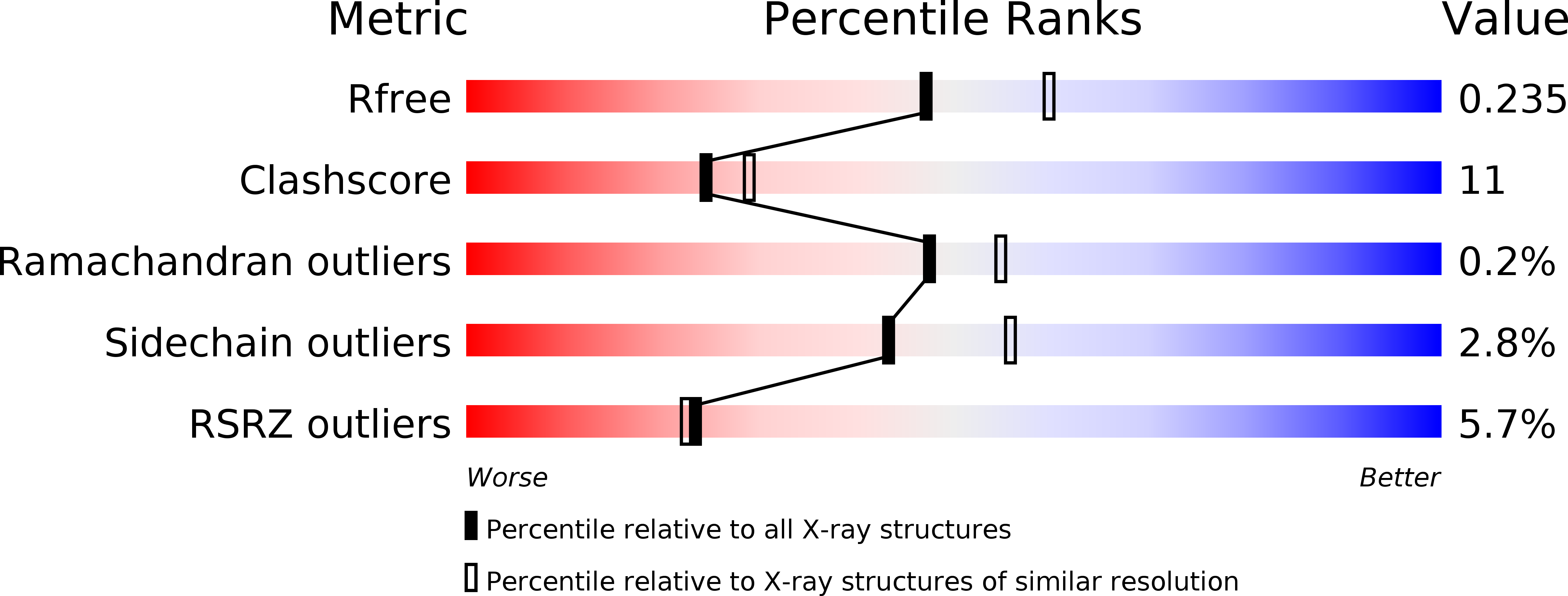
Deposition Date
2001-08-28
Release Date
2002-08-28
Last Version Date
2023-10-25
Method Details:
Experimental Method:
Resolution:
2.20 Å
R-Value Free:
0.23
R-Value Work:
0.19
Space Group:
P 1 21 1


